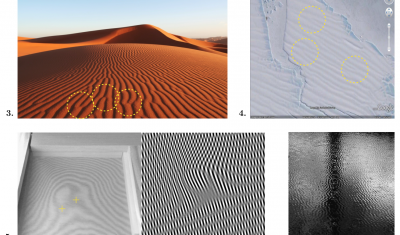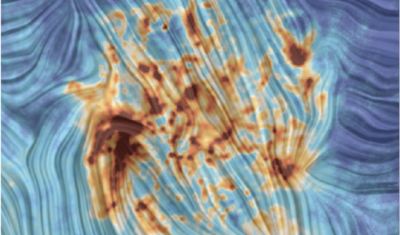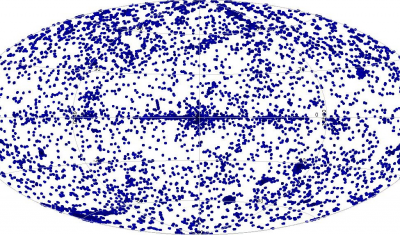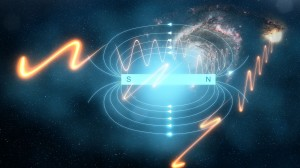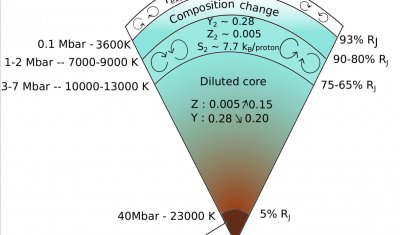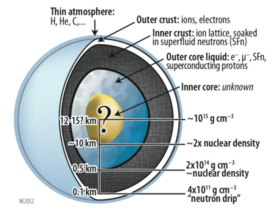A Universe of waves
le 16 octobre 2020, 11h à 13h, Arturo LOPEZ ARISTE, salle de conférence The phase of a wave can only be defined unambiguously for complex waves. This strange quantity appears at the core of all physics: from the quantification of atomic levels or of the electric charge to the source of the electromagnetic interaction or […]

